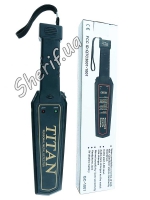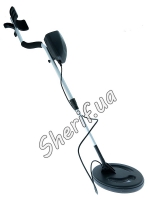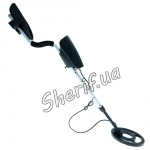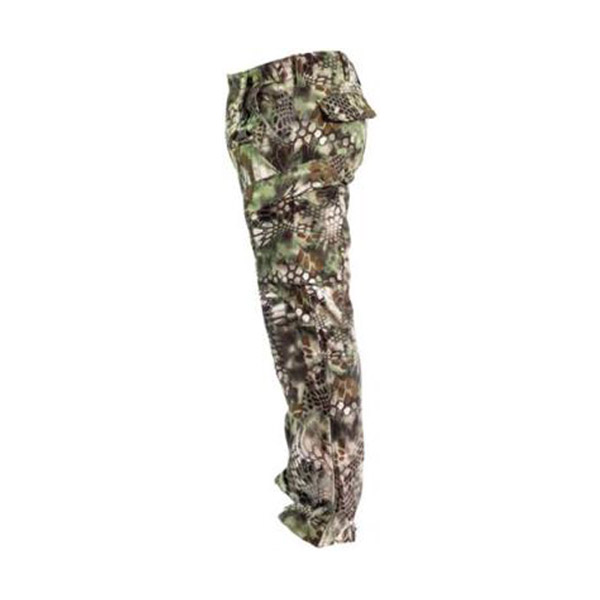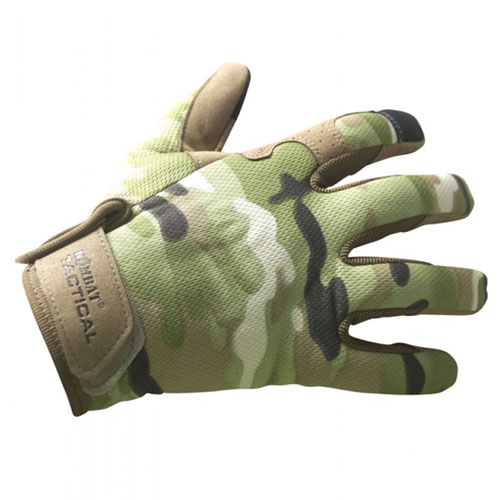√ Metal detectors
1. History of metal detectors
Nowadays, metal detectors have a wide and deep scope for military and civilian purposes. Please choose any! But, few people know how the tool was developed, which in the future made it possible to easily find all kinds of metal objects at different depths of the earth and water surfaces. What was the driving force behind the invention of this indispensable assistant?
Once upon a time, at the end of the 19th century, mankind did not even think about the usefulness and necessity of a metal detector . But a tragic accident predetermined its appearance.
The 20th President of the United States, James Garfield, was wounded by a dastardly shot in the back. Then Alexander Graham Bell, the successful inventor of the telephone, hastily created something like a metal detector to detect the ill-fated bullet and save Garfield's life. But all efforts were in vain. It is believed that the metal frame of the bed interfered with the device, and the president failed to save his life.
With the advent of the new millennium, the device became necessary for the search for minerals. This metal detector was monstrously large, mounted on a car and looked for ore. Naturally, due to inconvenience in operation, I did not find a place for myself under the sun.
Further, in 1925, the pedantic Germans decided to fight theft in factories and designed a metal detector that reacted to iron parts in the pockets of thieves. But he also did not have a fan following among the masses.
And only during the Second World War, the Pole D. Kosatsky brought the device to a completely new stage - he could distinguish between metal without reacting to fossils. Only his metal detector was recognized as the most reliable, convenient and subsequently used to detect mines in the fields of World War II.
At the end of the war, the American command decided to sell some of the metal detectors to the civilian population. In turn, the population was not at a loss, a brilliant idea arose to improve the device and search for precious metals and treasures with its help.
2. Principles of operation of metal detectors
Now it's time to tell you how this device works.
The metal detector contains 4 main parts:
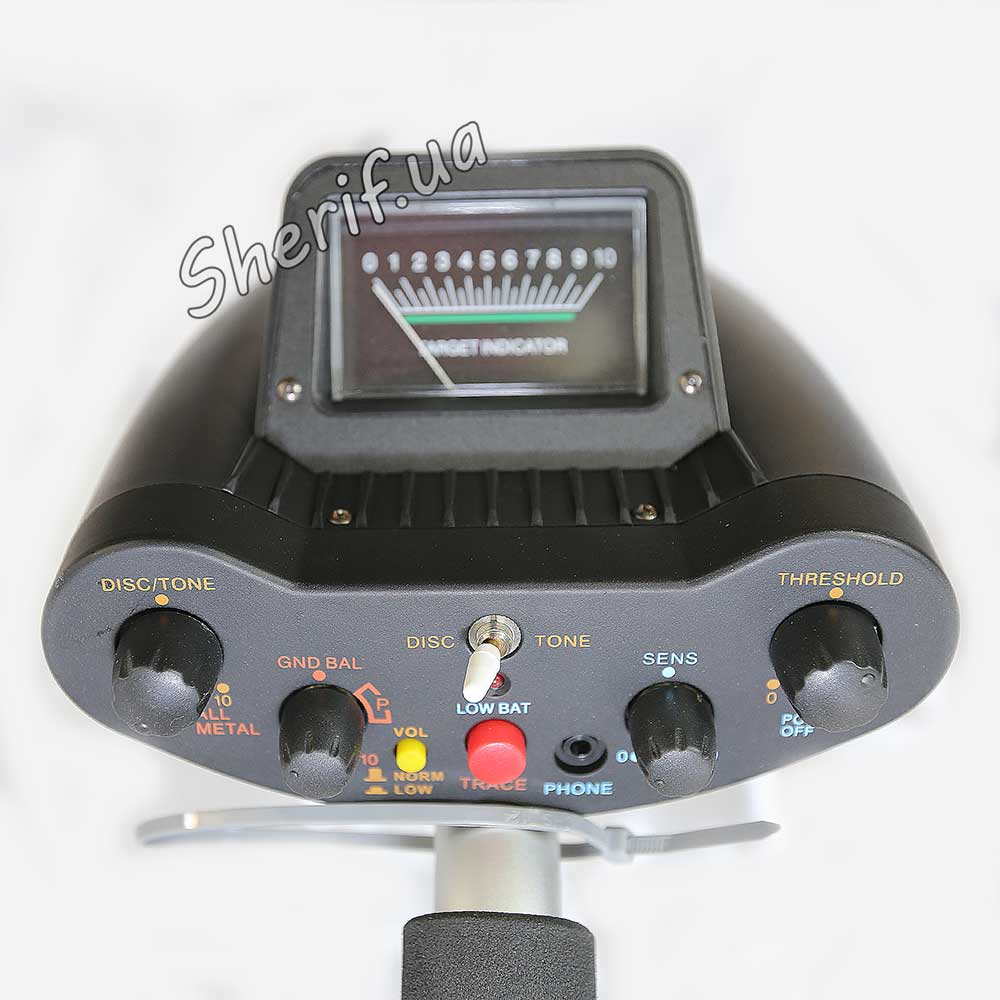
1) Block with an electronic circuit inside. It is especially vulnerable, it is necessary to protect it from shocks, water ingress and high-altitude falls. The most expensive part of the entire metal detector .
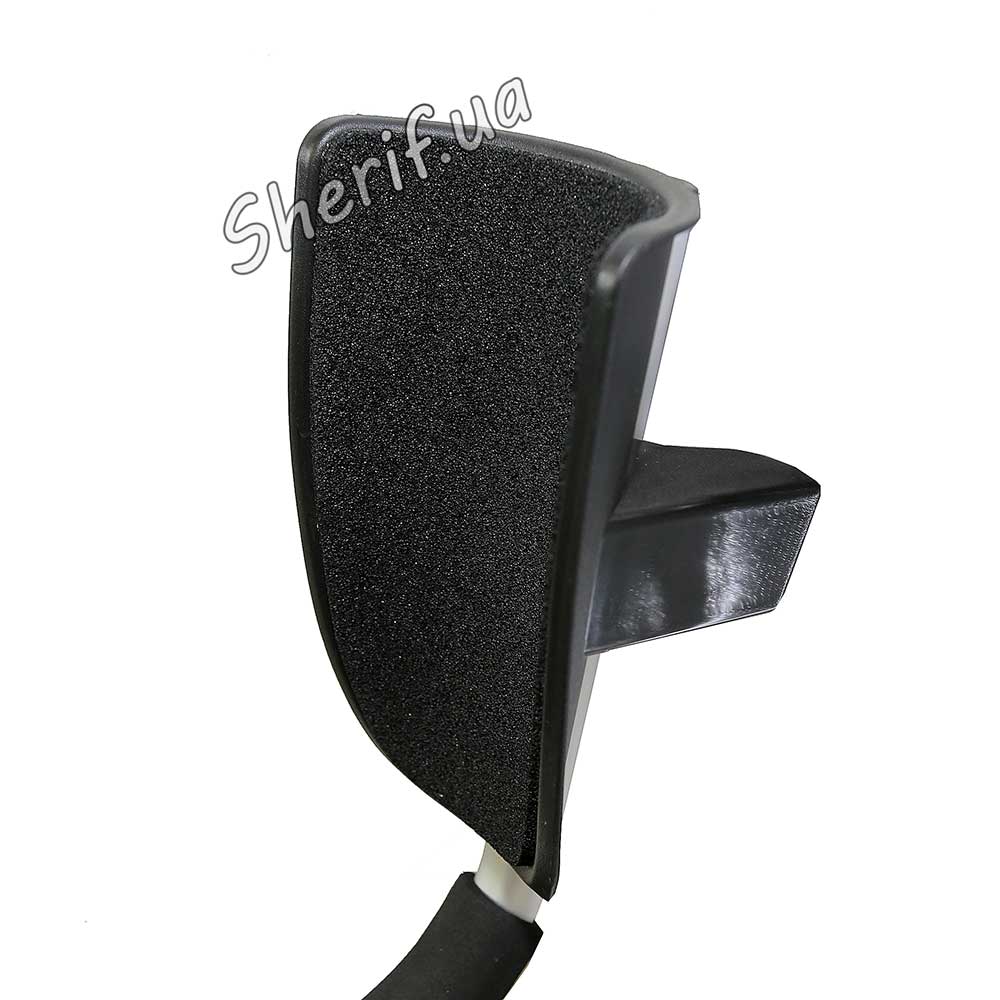
2) Holder, elbow length. Provides support and comfort to the hand. Given the fact that the distance from the wrist to the elbow is different for everyone, most often it has the ability to change this distance.
3) The telescopic rod is the basis of the entire device. All the parts are on it. Can change its length. If your height is above the average, and you don't want to walk with a metal detector on half-bent legs, make sure that the maximum length of the rod suits you.
 4) A magnetic coil emits a magnetic field. Actually, with its help, metal is determined.
4) A magnetic coil emits a magnetic field. Actually, with its help, metal is determined.
The most common metal detectors are induction type. Inside is a coil and contains two winding radii. One is responsible for the emission of the electromagnetic field, the second receives it. When the device is turned on, an electromagnetic field is created in the coil, and counter fields appear in the metals falling into the zone of this field. They affect the current in the coil, it is amplified and fixed in the electronic unit. Through the electronic unit, a sound signal of different power arises. By the type of this signal, metal objects are determined.
3. Basic settings of metal detectors:
- Fixed ground balance - factory default setting. Works well on any ground
- Manual ground balance - used by experienced seekers.
- Automatic ground balance - the device itself performs all the settings. True, there is a recommendation to "update" when changing search locations.
- Pinpoint - determines the location of an object with greater accuracy. It is necessary in historical excavations, when it is important not to damage the integrity of the thing when digging out.
- Discrimination - helps to distinguish non-ferrous from ferrous metals. To find gold, you can set discrimination to iron, then the device will not react to it.
- Threshold tone - is responsible for the depth of detection of finds. It is important not to overdo it - a strong excess of tone will provide a hypersensitive reaction of the metal detector and it will even react to minerals in the ground.
4. Classifications of metal detectors
By type they are divided into:
- Stationary - we can observe them in crowded places. For example, airports, railway stations, as well as at strict security facilities. Outwardly, they resemble an arch. And if you have iron objects with you, it will make a characteristic sound.
- Portable or mobile - differ in the small sizes. Endowed with a huge range of applications. Without much effort, it detects mines, weapons of various eras, and is used to search for ferrous and non-ferrous metals and simply lost things. Indispensable in archaeological excavations.
By functionality:
1) Ground metal detector
The most popular, built using induction technology, is used by treasure hunters and treasure hunters. I would like to note right away that discrimination (determination of a metal by conductivity, i.e. the ability to distinguish noble metals from ferrous) have devices that have the ability to detect small objects. The detector for large objects does not have discrimination. The detection depth varies from 20 to 100 cm depending on the target object, soil conditions and other conditions. The price is determined by the configuration of the metal detector in the range from 100 to 1500 USD.
2) Military, more often a mine detector
From the name it is clear that it is used by the military to search for mines. Purely professional and narrowly focused, for specific tasks.
3) Deep metal detector
Able to detect large objects at a depth of up to 4 meters. It is often used by architects and builders. 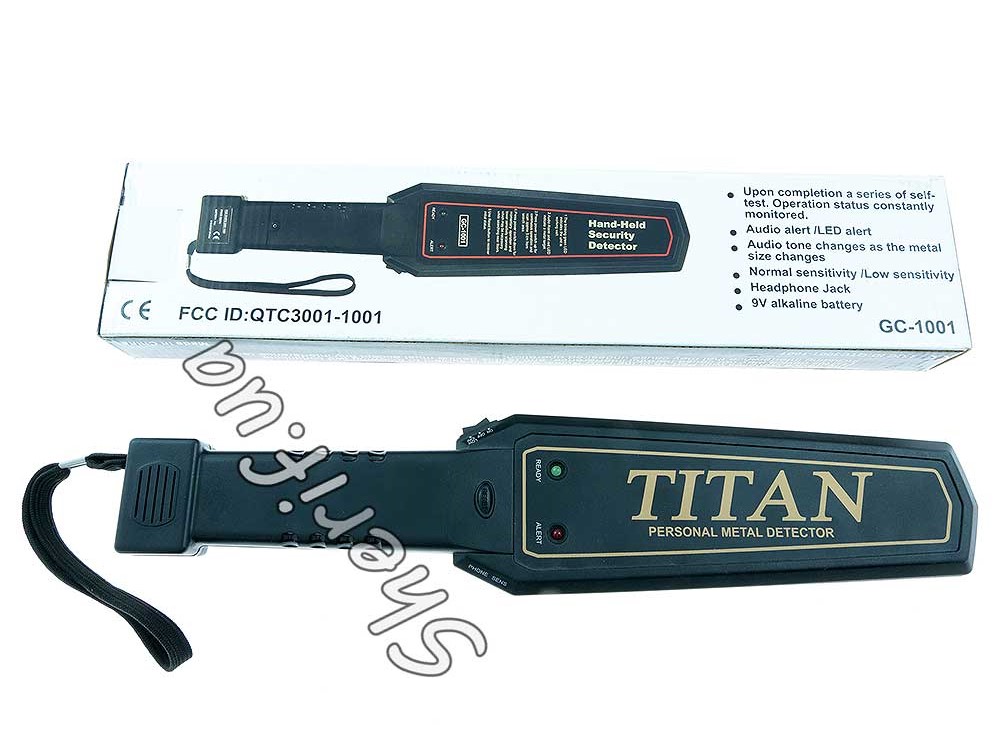
4) Inspection (manual) metal detector
Used by special services to identify firearms and edged weapons . It fires at a distance of up to 25 cm from the body of the tested subject.
5) Underwater metal detector
There are two types. Amphibian - perfectly shows its qualities both on land and under water (up to 3 meters of immersion). A kind of hybrid of ground and underwater.
If the depth is more than 3 meters, a metal detector is used to work exclusively under water without the ability to work on land. The cost of such devices can reach 5000 USD. and higher.
5. How to choose a metal detector
Before buying a metal detector, you need to ask yourself how, where, why it will be used. From an exhaustive answer to these questions will significantly depend on how much money you spend on the acquisition.
If you seriously decide to search for treasures, you will have to work hard. Since the presence of a super-expensive metal detector will not provide quick finds. For beginners, it is better to practice and start with an inexpensive device. Do not forget that searching with a metal detector is an intellectual process. And here it is important to be observant in order to understand how and to what he reacts. This process can be safely compared with the development of cycling. First, a three-wheeled, then an inexpensive two-wheeled Salyut, and only after that a professional Comanche. And now, when we decided that we have reached a certain professionalism, we can decide on the model.
What you need to pay attention to when choosing:
- Function of discrimination of metals. Without difficulty, it will allow you to find separately only non-ferrous metals: copper, aluminum, etc. The more expensive the metal detector , the more differentiation this function is equipped with.
- Depth of detection is of great importance. If your goal is to find antique weapons, it is clear that your apparatus must have good depth. What to do if the depth does not suit you, but there is no money to buy a new finder? To a certain extent, this property can be enhanced by replacing the coil.
- Having the ability to create an individual search program that will allow you to ignore unnecessary electromagnetic fields.
- Not the last thing will be to pay attention to ease of use. After all, searching is a long-term activity. Therefore, a metal detector should sit comfortably in the hand, be not very heavy, and consist of durable parts.
- Carefully, very carefully read and study the user manual! It would be complete absurdity to have an expensive metal detector , not to know about its search capabilities and not be able to use them in practice.
- Yes, also know that in addition to the cost of purchasing the device, there will immediately be a need for related "little things". Namely, be sure to get high-quality headphones with adjustable volume, ground capacity, additional power supplies, chargers, a bag for antennas and coils.
6. Where and how to buy a metal detector at a good price.
We sincerely wish you interesting adventures and stunning finds. Believe in yourself and success, and the metal detector that you buy in the Sheriff store will be a great help in your search.
The prices in the Sheriff military equipment store will be a nice bonus to the purchase, because they are very loyal.
You can buy a metal detector in the store at: st. Artem, 9 in the city of Dnepropetrovsk. Or order on the site sherif.ua with delivery to the city of your residence or location. Whether it's Zaporozhye, Kirovohrad, Poltava or Kiev . Our friendly managers can always help with the choice and answer any questions.
(068) 798-0000 (063) 798-9999 (068) 300-5000
(068) 300-5000
